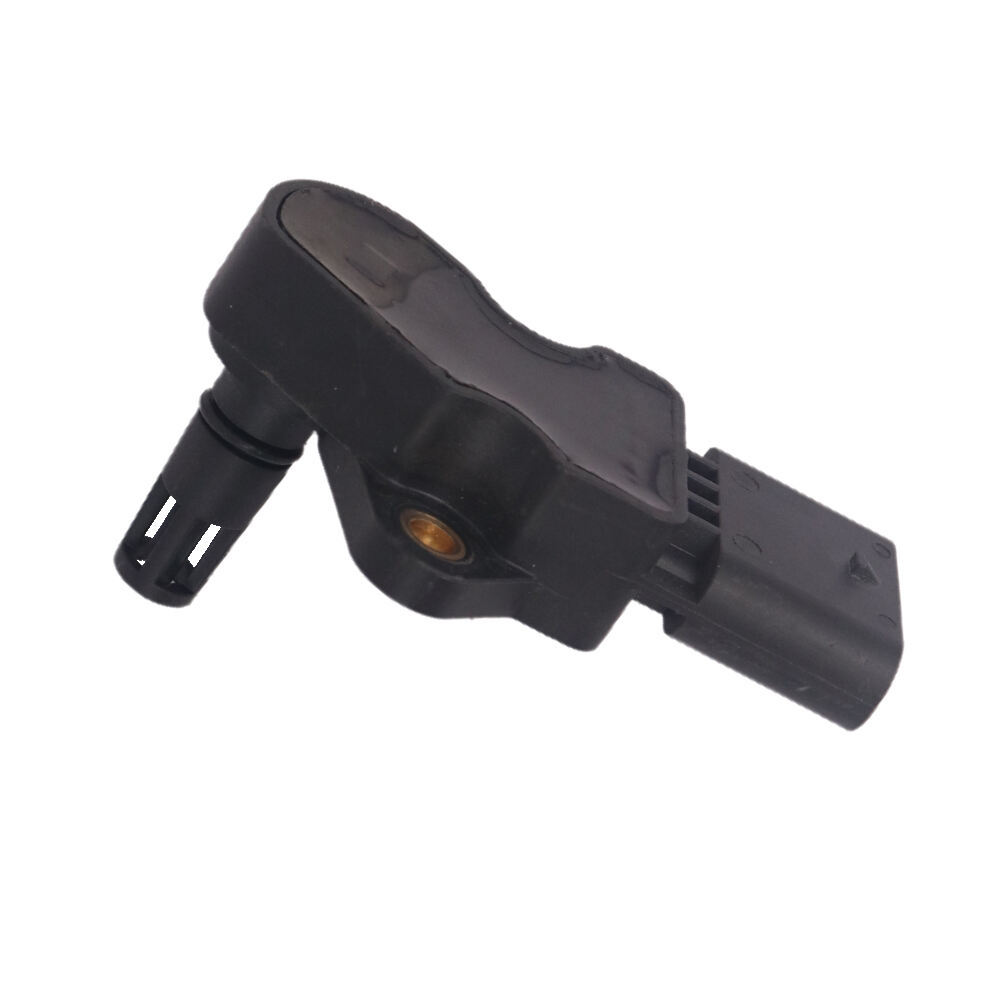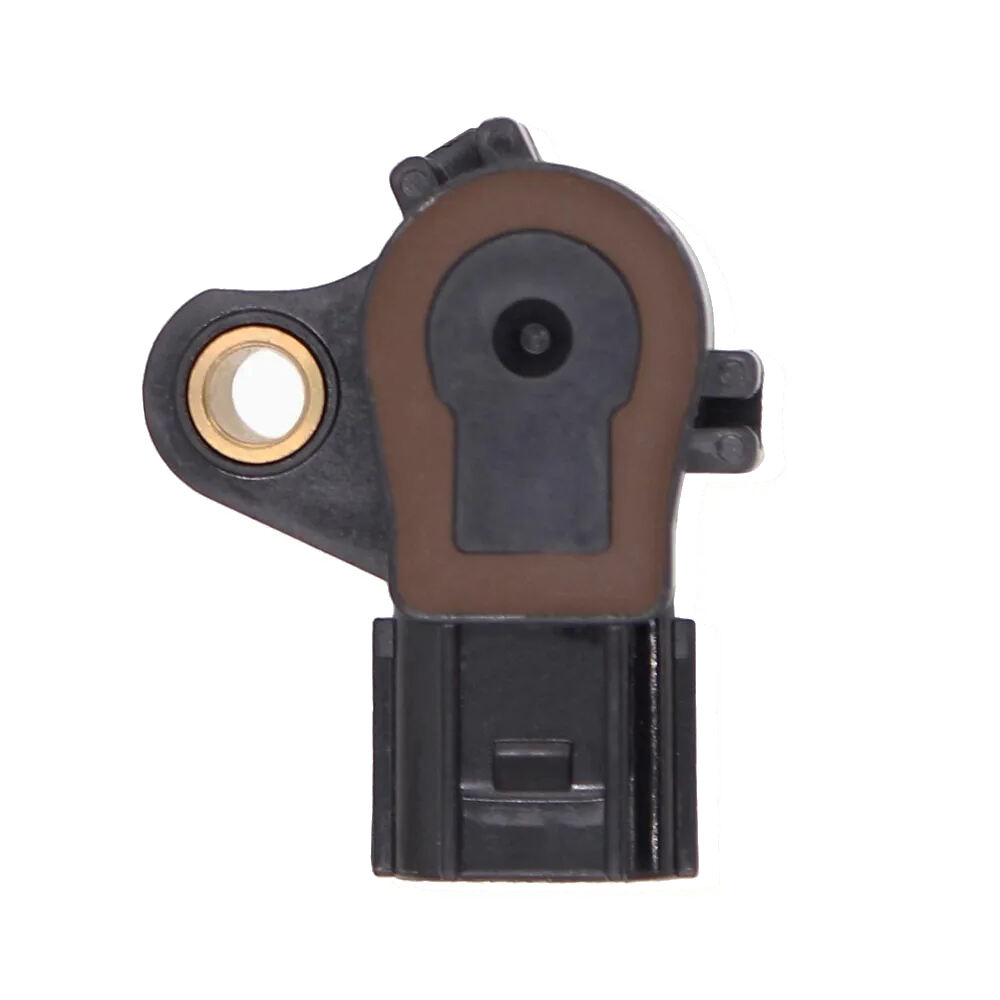throttle position sensor tps issues
A throttle position sensor (TPS) is a critical component in modern vehicle engine management systems, responsible for monitoring the position and movement of the throttle valve. When issues arise with the TPS, they can significantly impact vehicle performance and drivability. These problems typically manifest as irregular idle behavior, unexpected acceleration changes, or reduced fuel efficiency. The sensor works by converting the mechanical position of the throttle valve into an electrical signal that the engine control unit (ECU) can interpret. Common TPS issues include worn-out sensor components, electrical connection problems, and calibration errors. When the sensor malfunctions, it may send incorrect signals to the ECU, leading to improper fuel mixture calculations and timing adjustments. This can result in rough idling, hesitation during acceleration, and even stalling. Modern TPS units often incorporate advanced features like dual-track potentiometers for redundancy and fail-safe operation. Understanding these issues is crucial for proper diagnosis and maintenance, as they can affect everything from daily driving comfort to long-term engine health. Professional diagnostic tools can help identify specific TPS problems through real-time data monitoring and error code analysis.


